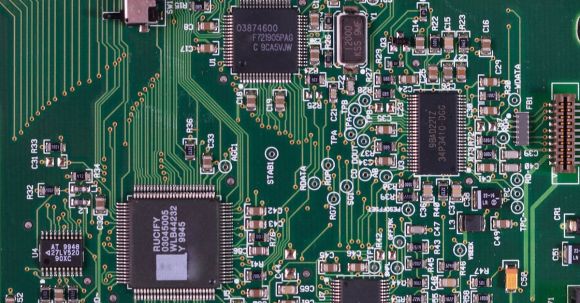The Security Implications of Widespread IoT Adoption
With the rise of technology, the Internet of Things (IoT) has become a ubiquitous presence in our lives. From smart homes to connected cars, IoT devices have revolutionized the way we interact with the world around us. However, with this increased connectivity comes a host of security implications that must be carefully considered.
1. Vulnerabilities in IoT Devices
IoT devices are often designed with convenience in mind, sacrificing security in the process. Many manufacturers fail to implement robust security measures, leaving these devices vulnerable to cyberattacks. Hackers can exploit these vulnerabilities to gain unauthorized access to personal information or even take control of the devices themselves.
2. Data Privacy Concerns
As IoT devices collect and transmit vast amounts of data, the issue of data privacy becomes paramount. Personal information, such as location data or browsing history, is often stored and shared without the user’s explicit consent. This raises concerns about who has access to this data and how it is being used. Without proper safeguards in place, the misuse of this information could have far-reaching consequences.
3. Botnets and DDoS Attacks
IoT devices have become an attractive target for cybercriminals looking to create powerful botnets. By compromising a large number of vulnerable devices, hackers can launch distributed denial-of-service (DDoS) attacks on targeted websites or networks. These attacks can cause significant disruption and financial loss for individuals and businesses alike.
4. Lack of Standardization
The IoT landscape is fragmented, with a wide variety of devices and technologies in use. This lack of standardization makes it difficult to implement consistent security measures across the board. Different devices may have different security protocols, leaving users unsure of how to properly secure their IoT ecosystem. This complexity increases the likelihood of vulnerabilities being exploited.
5. Supply Chain Risks
The interconnected nature of the IoT ecosystem means that vulnerabilities can arise at any point in the supply chain. A single compromised device or component can compromise the security of an entire network. Manufacturers must take steps to ensure the security of their products at every stage of production to mitigate these risks.
6. Legacy Devices and End-of-Life Support
As technology continues to advance, older IoT devices may become obsolete and unsupported by manufacturers. These legacy devices often lack the necessary security updates and patches, making them easy targets for hackers. This poses a significant risk as many IoT devices have long lifecycles, meaning they could remain in use for years after the manufacturer has stopped supporting them.
7. Physical Security Threats
IoT devices are not just vulnerable to cyberattacks but also physical attacks. Malicious actors can tamper with devices or use them as a gateway to gain unauthorized access to physical spaces. For example, a compromised smart lock could be manipulated to grant unauthorized access to a building. Ensuring the physical security of IoT devices is just as important as protecting them from cyber threats.
In conclusion, the widespread adoption of IoT devices has undoubtedly brought numerous benefits to our lives. However, it also presents significant security challenges that need to be addressed. From vulnerabilities in IoT devices to data privacy concerns and the risk of botnets and DDoS attacks, the security implications of IoT adoption are far-reaching. By prioritizing security measures, fostering industry-wide collaboration, and implementing robust standards, we can mitigate these risks and ensure a safer and more secure IoT ecosystem for all.





